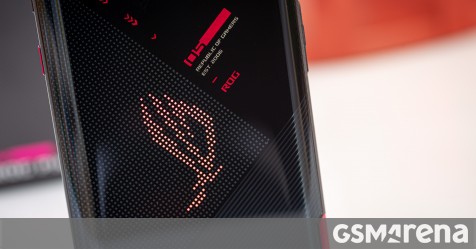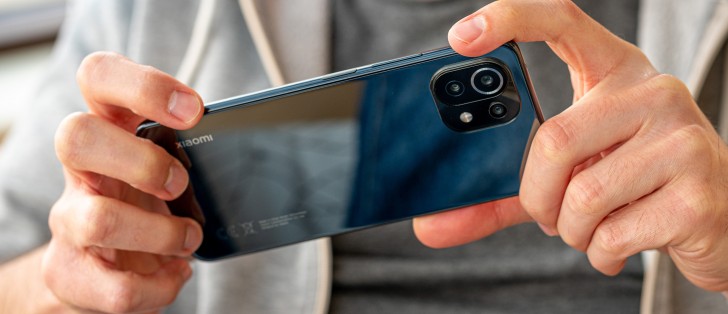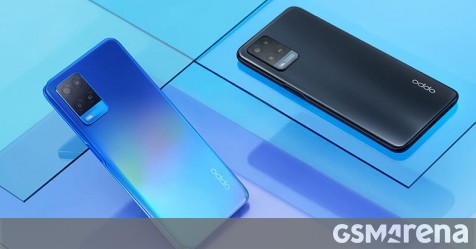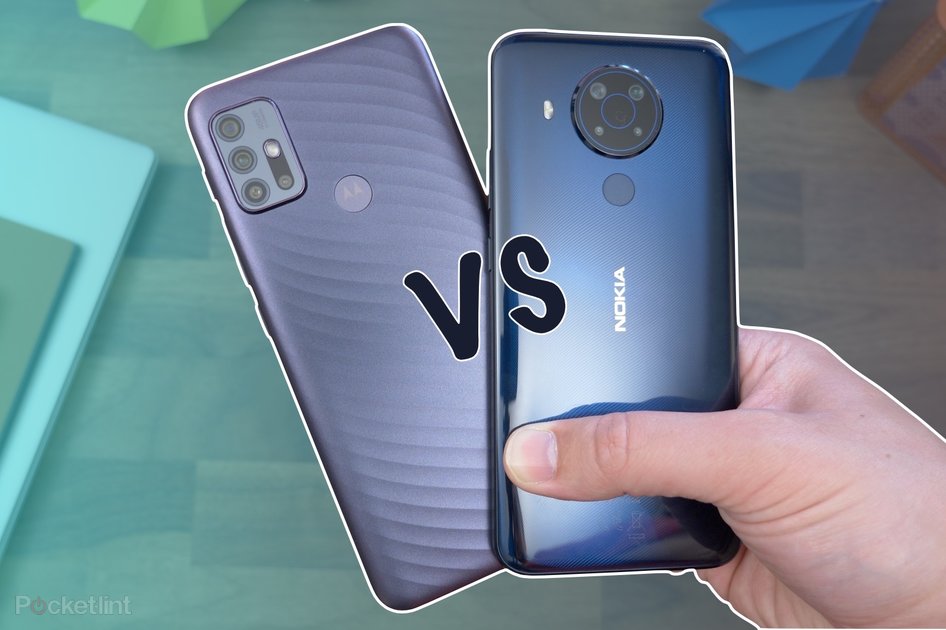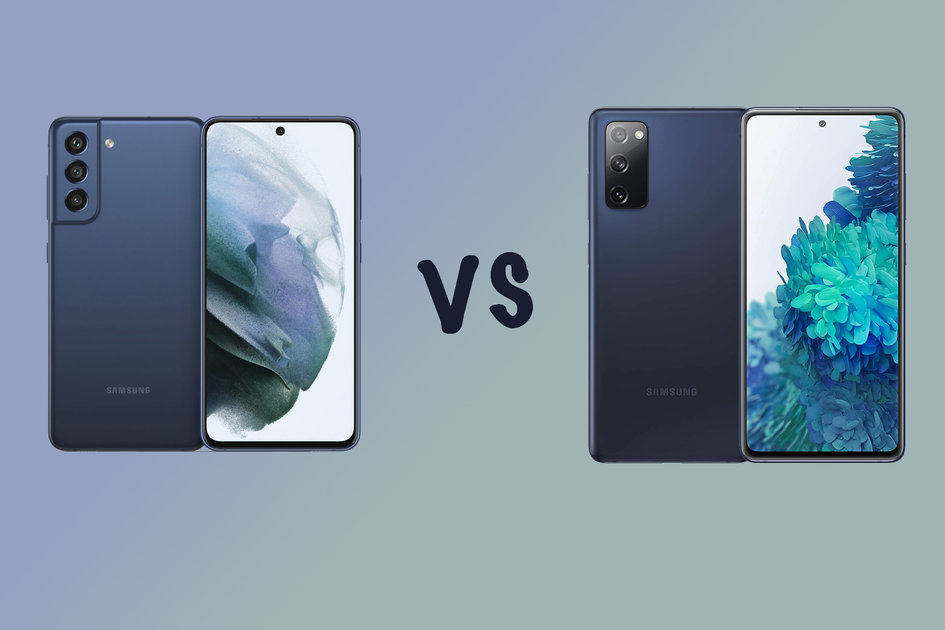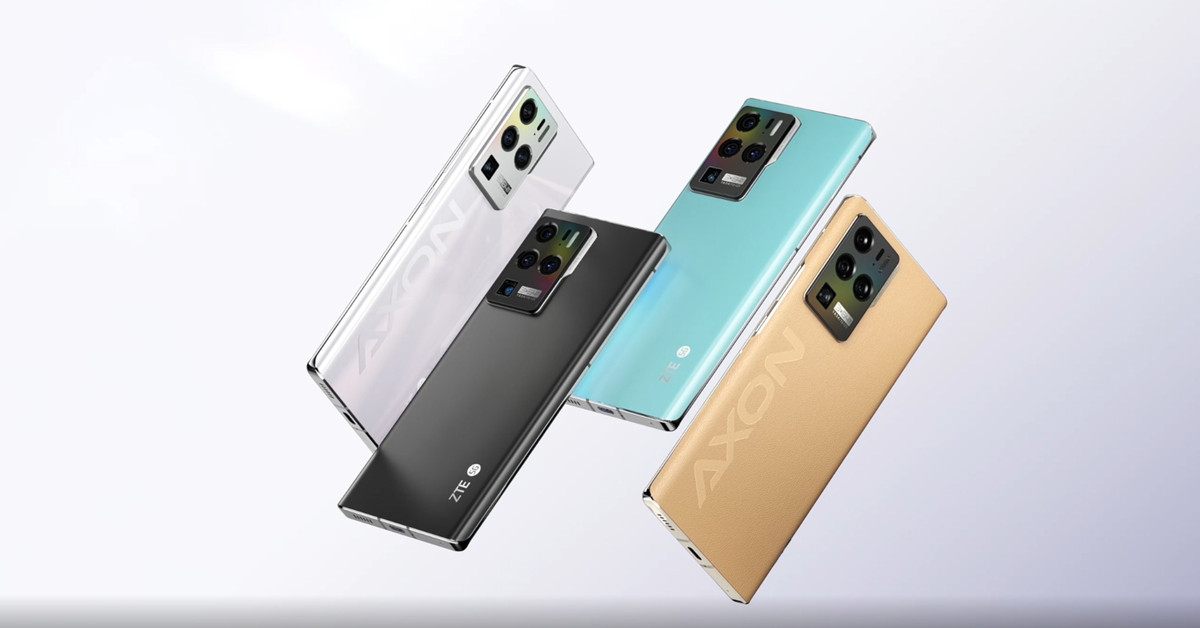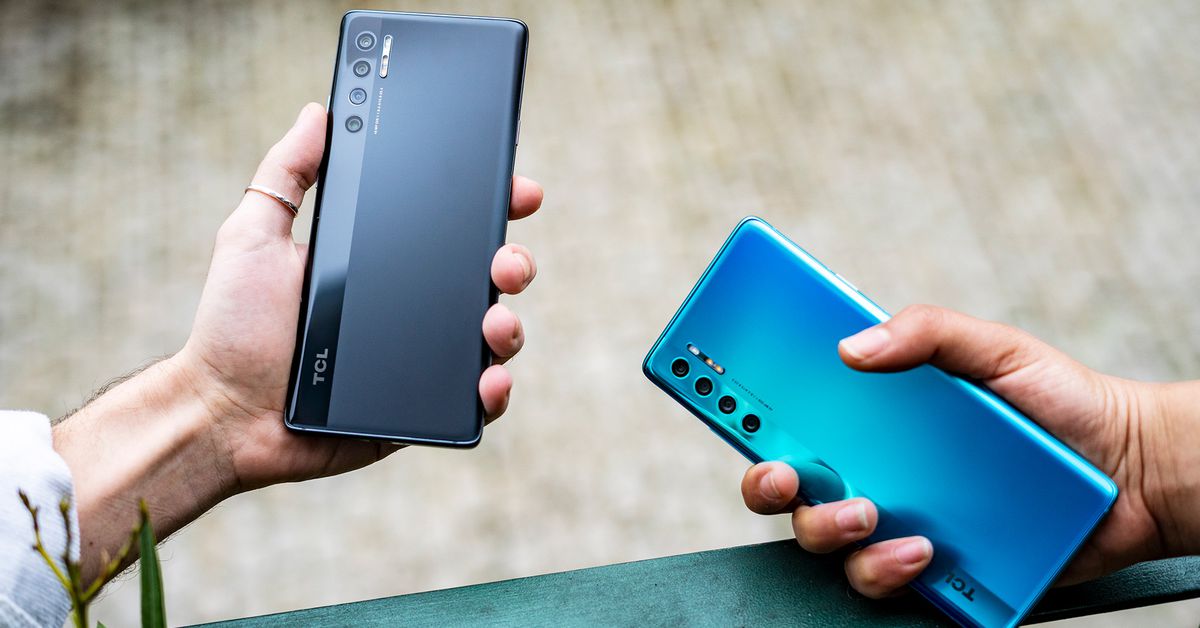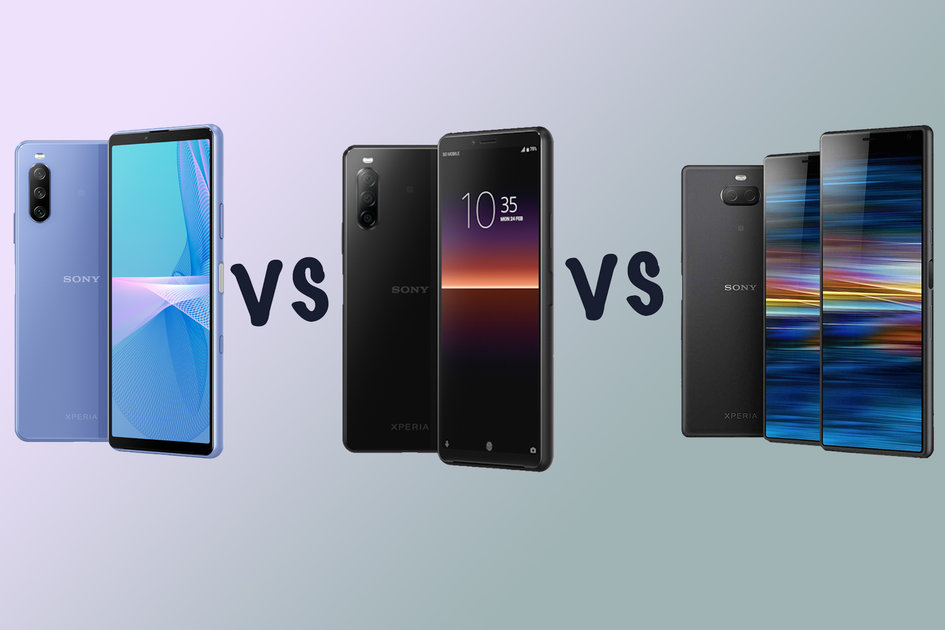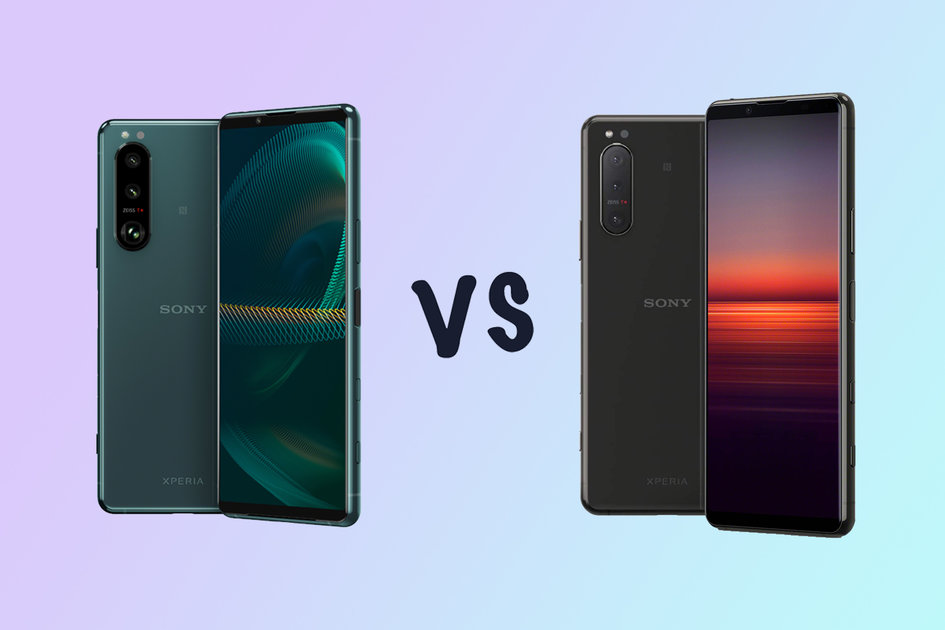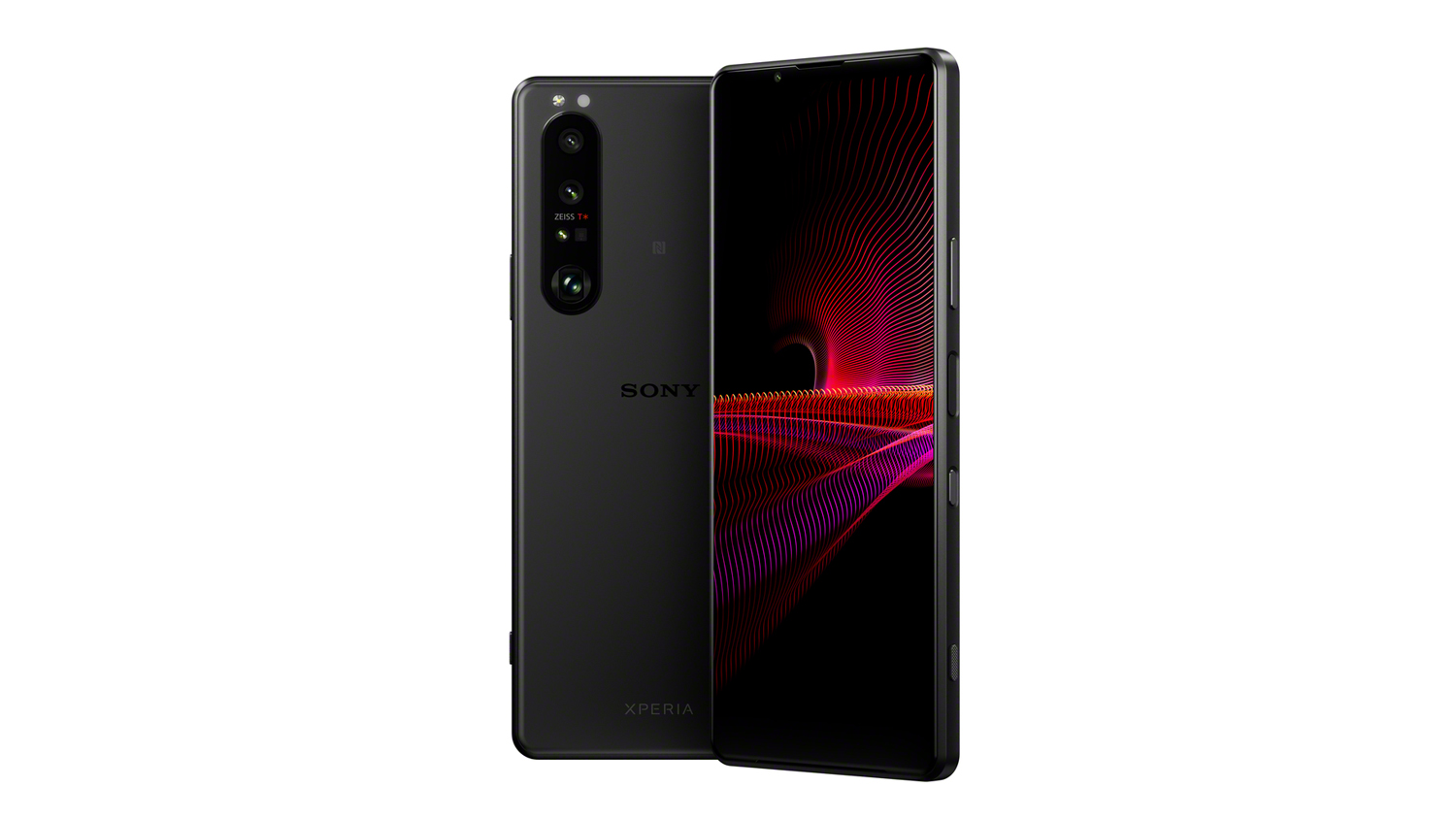(Pocket-lint) – Samsung is rumoured to announce the ‘Fan Edition’ – also known as FE – of its Galaxy S21 later this year, succeeding the Galaxy S20 FE.
The Galaxy S20 FE is a fantastic device, offering many of the great features of the Galaxy S20 but for a lower price thanks to a couple of compromises, and there have been several rumours suggesting the S21 FE will follow in those footsteps.
How is the Samsung Galaxy S21 FE expected to compare to the Galaxy S20 FE though? We’ve put the rumoured specifications for the S21 FE up against the S20 FE so you can see.
Design
- S21 FE: 155.7 x 74.5 x 7.9mm, TBC
- S20 FE: 159.8 x 74.5 x 8.4mm, 190g
Rumours suggest the Samsung Galaxy S21 FE will look similar to the Galaxy S21, with a centralised punch hole camera at the top of its flat display, a plastic back and an IP65/68 water and dust resistance.
Leaked renders show a triple rear camera with the housing positioned in the top left corner, and flowing into the frame of the device. It’s said to measure 155.7 x 74.5 x 7.9mm.
The Samsung Galaxy S20 FE meanwhile, takes its design cues from the Galaxy S20. It too offers a centralised punch hole camera at the top of the flat display though, as well as a plastic back and waterproofing.
There’s a triple rear camera on the back, within a housing in the top left corner, but the housing is more of an island, differentiating it from what is expected from the Galaxy S21 FE. It measures 159.8 x 74.5 x 8.4mm and weighs 190g, which means the S21 FE could be shorter and slimmer if the rumours are accurate.
The S21 FE is said to be coming in gray/silver, pink, violet, and white colours. The Galaxy S20 FE comes in blue, red, lavender, mint, white and orange.
Display
- Galaxy S21 FE: 6.4-inch, Full HD+, 120Hz, HDR
- Galaxy S20 FE: 6.5-inch, Full HD+, 120Hz, HDR
According to reports, the Samsung Galayxy S21 FE will have a 6.4-inch display with a Full HD+ resolution. It’s also expected to have a 120Hz refresh rate, though it is not currently clear if it will offer a variable refresh rate, like the Galaxy S21 range.
As mentioned, the display is expected to be flat and it will no doubt be a Super AMOLED panel with support for HDR, like the S20 FE offers.
The Samsung Galaxy S20 FE has a slightly larger 6.5-inch display than what is reported for the S21 FE, though it has the same Full HD+ resolution and it also has a 120Hz refresh rate. The refresh rate is not variable on the S20 FE though so if the Galaxy S21 FE offer variable, then this will be one of the differences aside from size.
Hardware and specs
- Galaxy S21 FE: Qualcomm Snapdragon 888/Exynos 2100, 5G, 128/256GB
- Galaxy S20 FE: Qualcomm Snapdragon 865/Exynos 990, 4G/5G, 6/8GB RAM, 128GB storage, microSD, 4500mAh
The Samsung Galaxy S21 FE is expected to run on the Qualcomm Snapdragon 888 chipset, or the Exynos 2100, though no rumours have suggested this as yet. Instead, the rumours have claimed the S21 FE will be a 5G device, run on Android 11 and come in 128GB and 256GB storage options.
There’s no word on whether microSD will be supported, but given the S21 range doesn’t offer microSD, it is possible the S21 FE won’t either. Currently, no rumours have detailed RAM or battery capacity for the S21 FE.
The Galaxy S20 FE 5G handset runs on the Qualcomm Snapdragon 865, while the 4G model runs on Exynos 990. There is a choice of 6GB or 8GB of RAM on board, both of which have 128GB of storage, as well as support for microSD.
In terms of battery, the Galaxy S20 FE has a 4500mAh capacity so we would expect similar from the Galaxy S21 FE.
Camera
- Galaxy S21 FE: Triple rear
- Galaxy S20 FE: Triple rear
- Main: 12MP, f/1.8, 1.8µm, OIS
- Tele: 8MP, f/2.4, 1.0µm, OIS, 3x optical
- Ultra-wide: 12MP, f/2.2, 1.12µm
- Front: 32MP, f/2.2, 0.8µm, FF
The Samsung Galaxy S21 FE is rumoured to come with a triple rear camera, though there are currently no specifics on what sensors might be on board. It’s likely we will see the same main camera as the Galaxy S21, along with a telephoto and ultra wide angle lens, but the resolution and pixels could be different on the latter two lenses, like the S20 FE did compared to the S20+.
The Galaxy S20 FE has a triple rear camera, made up of a 12-megapixel main sesnor with an f/1.8 aperture, 1.8µm pixels and optical image stabilisation, which is the same as the S20+ offers. It also has an 8-megapixel telephoto lens that has an f/2.4 aperture, 1.0µm pixels, OIS and 3x optical and there is a 12-megapixel ultra wide sensor with f/2.2 aperture and 1.12µm pixels.
The front camera on the Galaxy S20 FE is a 32-megapixel, f/2.2 aperture, sensor. We’d expect similar on the S21 FE.
Price
squirrel_3491297
Pricing for the Samsung Galaxy S21 FE hasn’t been rumoured as yet, though we’d expect it to fall around the same ballpark as the S20 FE and certainly cheaper than the Galaxy S21 range.
The Samsung Galaxy S20 FE starts at £599 in the UK for the 4G model and £699 for the 5G model. The 4G model isn’t available in the US, but the 5G model starts at $699.99 in the US, with the 8GB of RAM model costing $769.99.
Conclusion
Based on the rumours so far, the Samsung Galaxy S21 FE will feature a slightly different design to the S20 FE from the rear, keeping in tune with the lastest Galaxy S21 series, though it will look similar from the front.
Speculation suggests the S21 FE will be shorter and slimmer than the S20 FE, pack a slightly smaller display and come with an upgraded processor and possibly some camera upgrades too, even if only in terms of features.
We will update this feature as more rumours appear surrounding the S21 FE, but for now, you can keep track of all the latest in our separate Galaxy S21 FE feature.
Writing by Britta O’Boyle.
